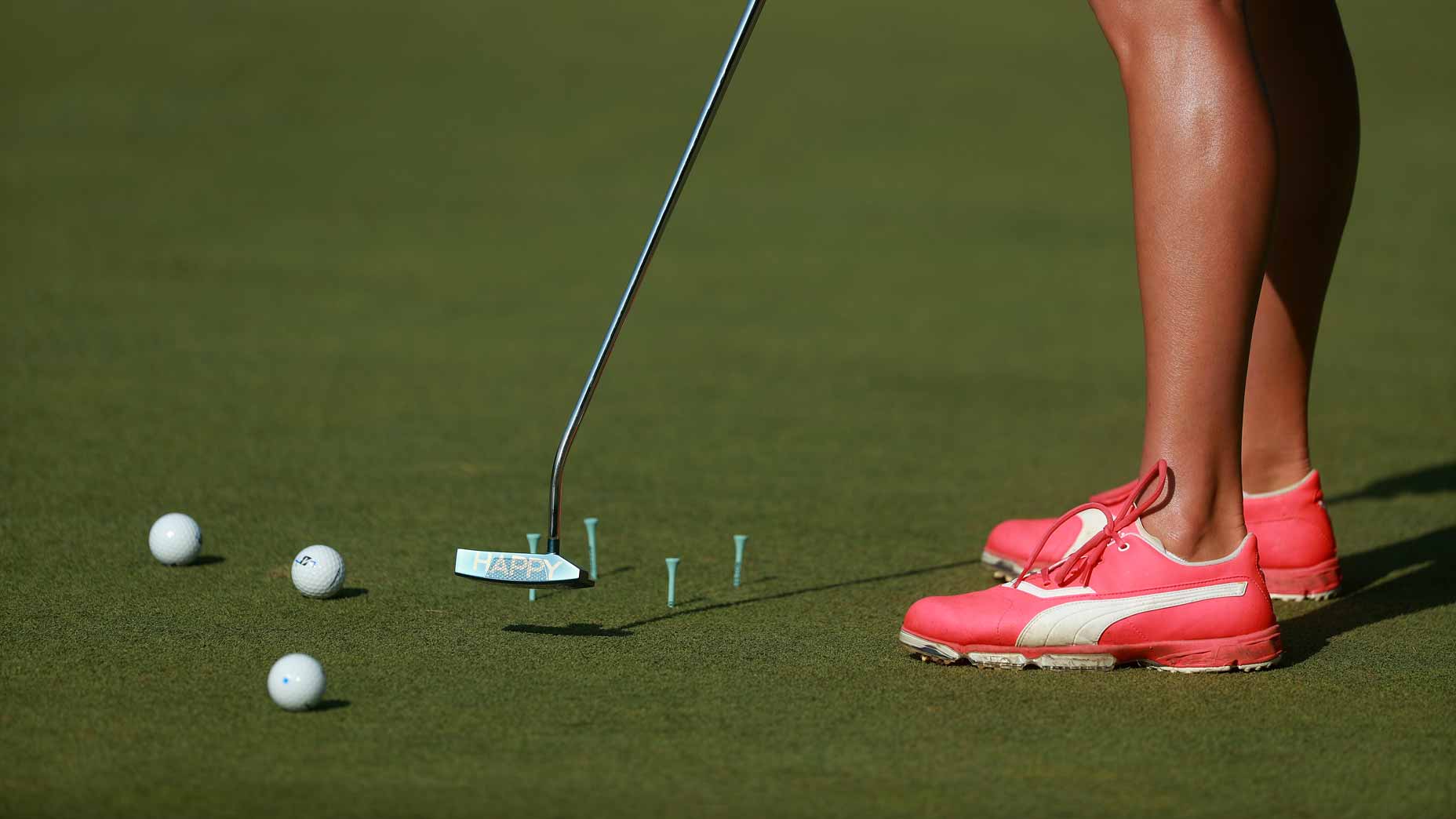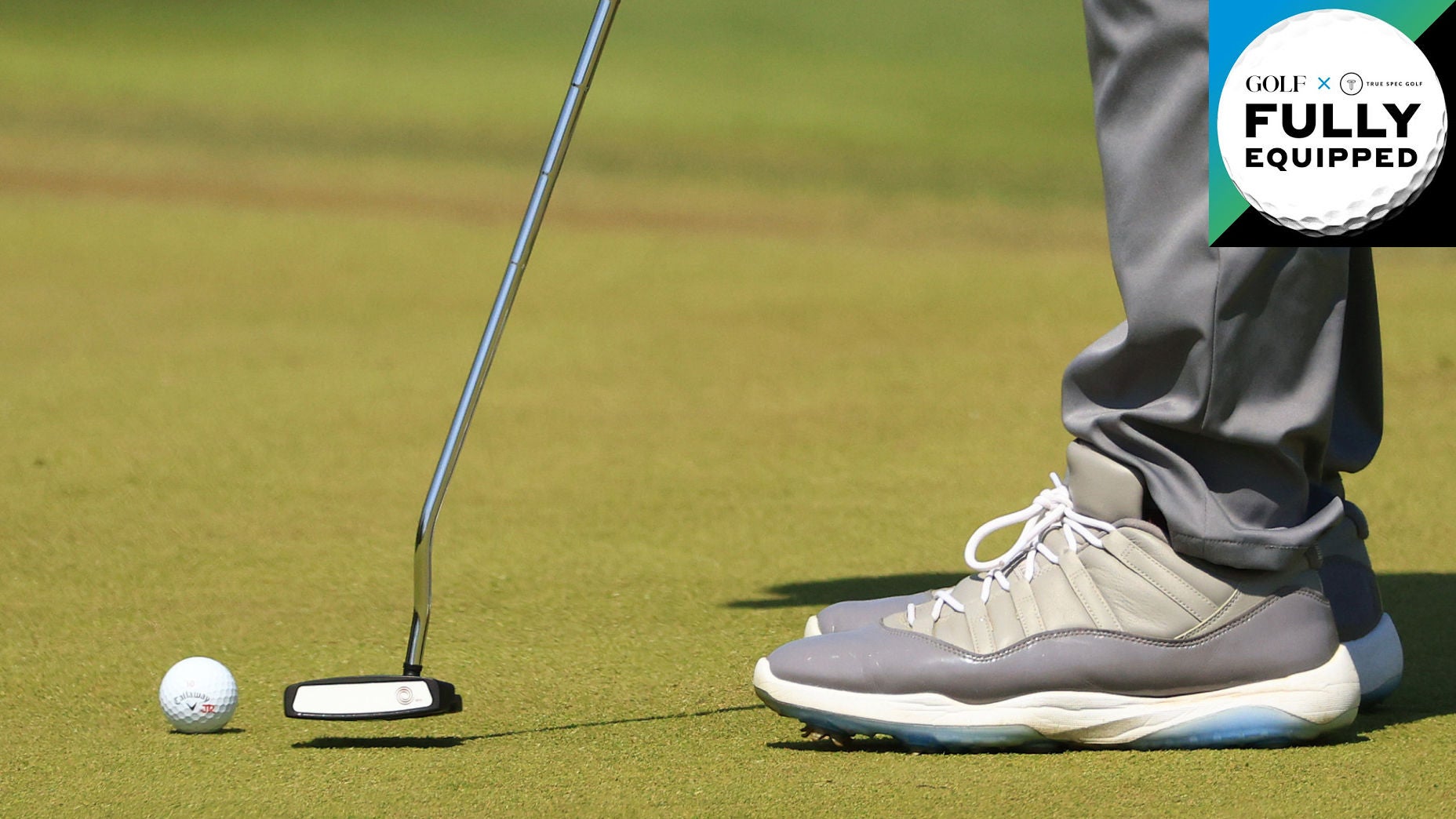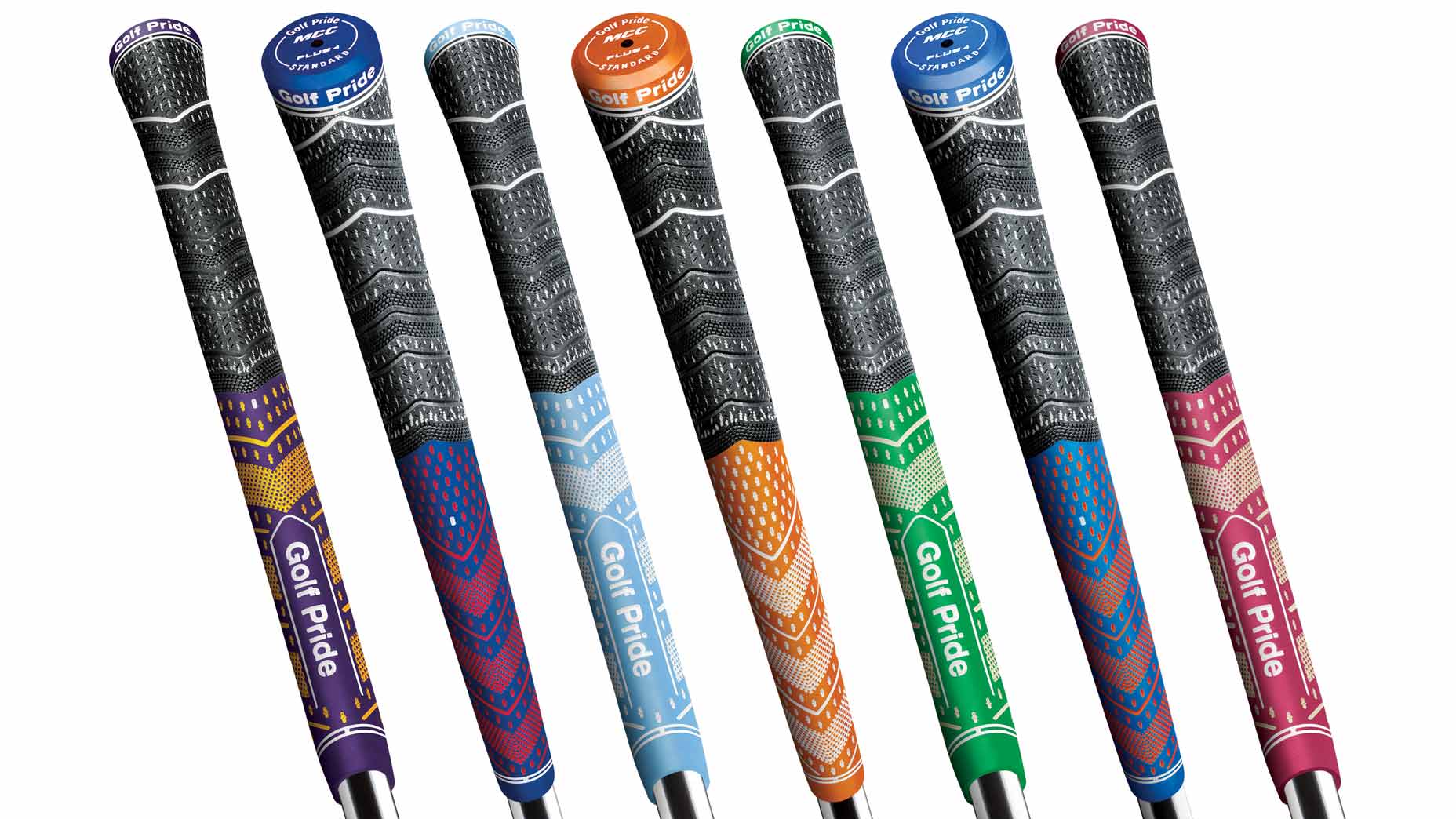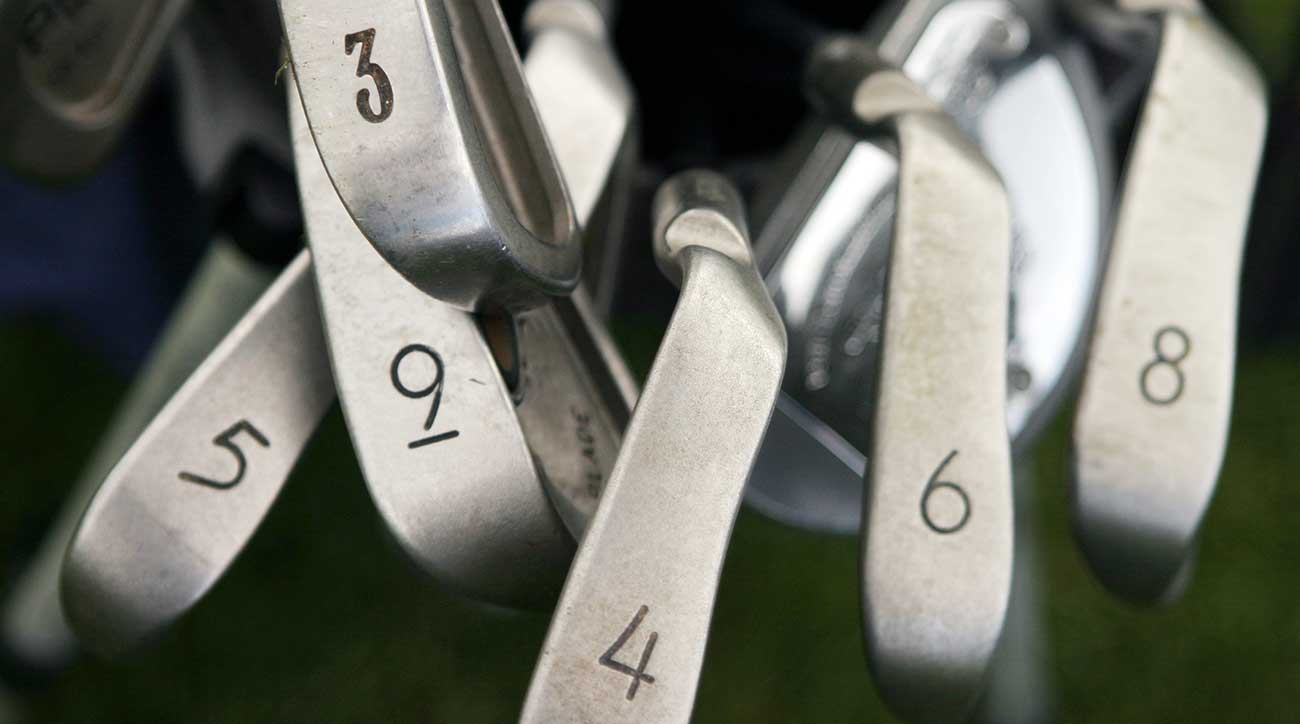Every week, in collaboration with our affiliate-company and Top 50 Clubfitter True Spec Golf, our in-house team of equipment experts host the Fully Equipped podcast. It’s where we break down the most interesting equipment news in golf, from the most authoritative voices in the game. New in 2021, we’re going to be highlighting many of those same Fully Equipped voices on GOLF.com as part of an expanded series of articles, sharing the best equipment insight around, and helping you play better golf as a result.
This week, we’re asking the experts about the basics of putter MOI, and what you need to know about it.

1. More MOI means more forgiveness on off-center hits
Jonathan Wall, Managing Equipment Editor: Simply put, MOI, also known as “Moment of Inertia,” is a way to measure a putter head’s resistance to twisting on putts that don’t catch the center of the face. The higher the number, the more stable the putter will be. A putter’s MOI isn’t plastered on the head when you buy one, but you can generally assume a mallet is going to be more resistant to twisting due to its size and overall weight. Mallets are a strong option for beginner golfers because you can still miss the middle and not have to worry about the ball going too far offline.
Is MOI always better? It really depends on your preferences and needs. These days, it’s possible to get a wide-body blade with higher MOI properties, meaning you don’t have to default to a mallet if you’re inconsistent with the putter. But I’d still recommend beginner golfers giving a mallet a try before going to a blade.
2. Less MOI means more twisting
Andrew Tursky, Senior Equipment Editor: Putters with high MOI, or forgiveness, will absolutely help when you miss the center of the face. It will reduce twisting and help keep speed more consistent on mishits. In terms of finding a putter that’s comfortable for your stroke, though, that’s a different story. There are so many different head shapes, and putters with different necks and hosels; some work better for those with straight-back and straight-through strokes, while others are better for arcing strokes. I recommend figuring out which style you prefer, and then work with a fitter to find a couple different putter styles that match. Try them out and see what makes sense for you. If you’re stuck between two putters and they both feel great, go with more forgiveness/higher MOI.

3. MOI won’t solve everything
Luke Kerr-Dineen, Director of Game Improvement Content: I tend to come at these questions with a slightly more instruction-y outlook, so with that in mind: MOI is undisputedly great, but think of it as the best kind of insurance policy. It’s there for when you need it, even though you don’t want to use it all the time. A putter with more MOI won’t magically fix your stroke for you. You still need to practice your technique. If your stroke improves, your score probably will too — and on those putts that you do happen to hit off center, that’s when MOI is there to help.












